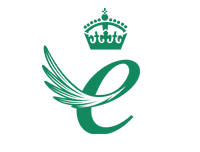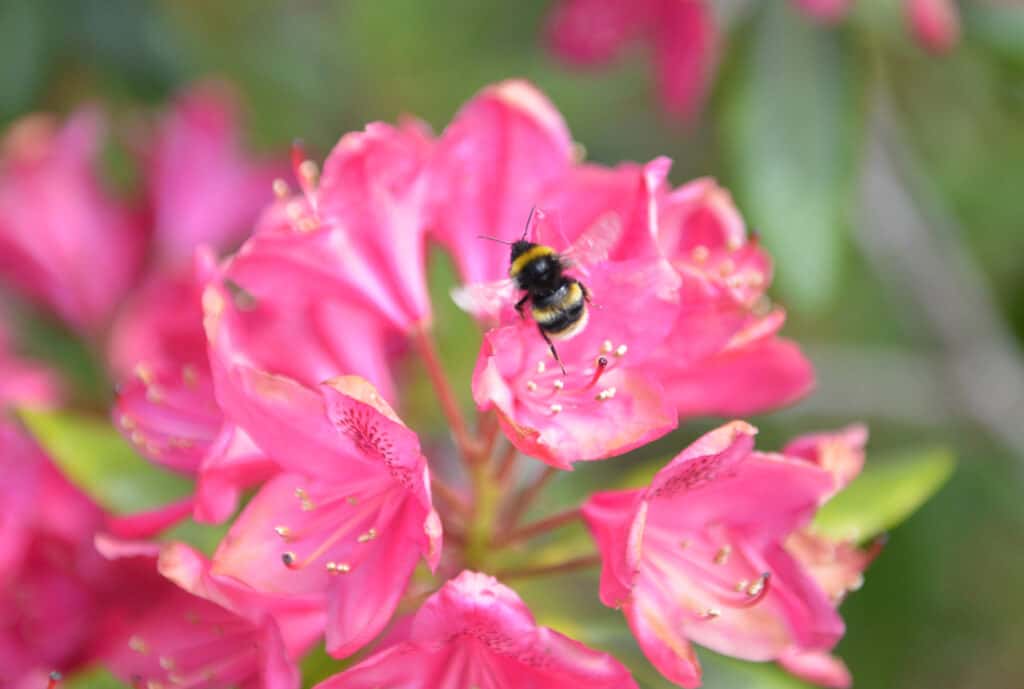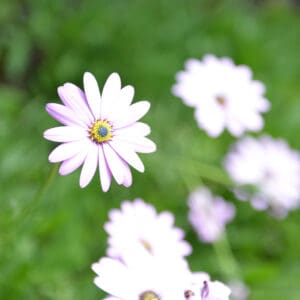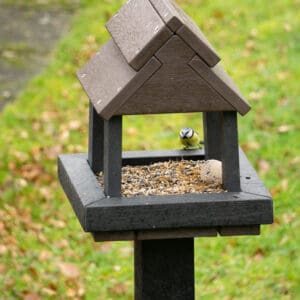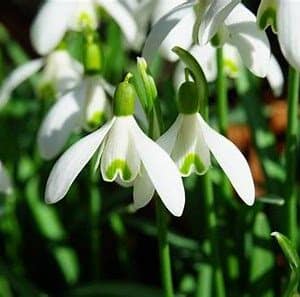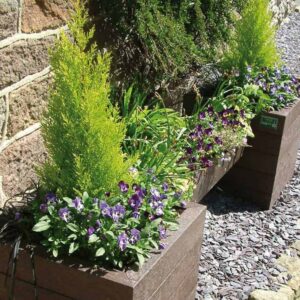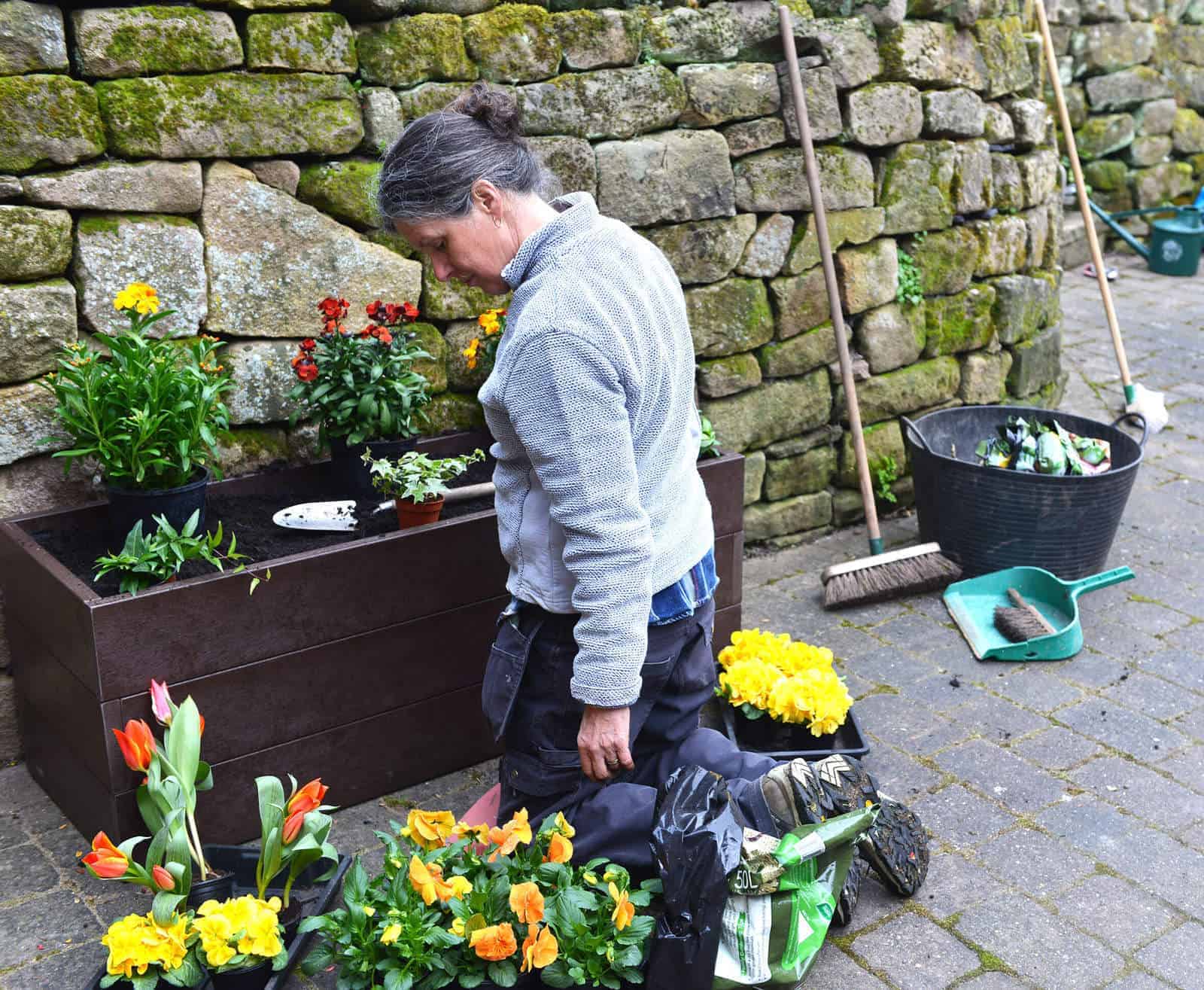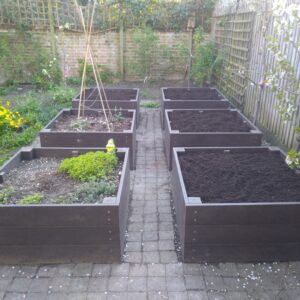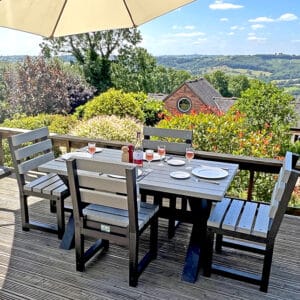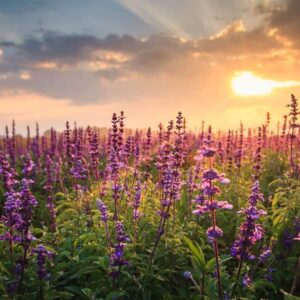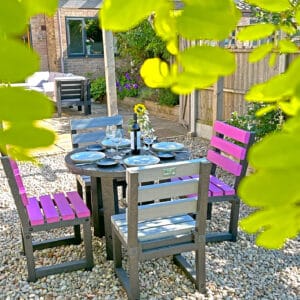Spring is finally upon us. Warmer weather and longer days provide the perfect conditions for seeds to grow and plants to bloom. Large garden or small garden, ledge or yard, transform your outdoor space into a stunning, wildlife-friendly area, bursting with flowers or delicious fruit and vegetables. Whether you’re a seasoned gardener, or a beginner looking to try your hand at planting for the first time, spring is the perfect season to not only brighten up your garden but to start assisting birds, bees, and butterflies. Every small plant makes a meaningful contribution to supporting wildlife.
Where are all the birds and the bees?
Have you noticed fewer butterflies and bees in your own area? The populations of native bees, butterflies, and other insect pollinators have been declining for several decades. How can we make a difference? Focussing on planting plants such as daffodils, lupins, tulips and feverfew have the most pollen to be collected.
From March to October, traditional cottage garden flowers and native wildflowers like primrose, buddleia, and marigolds are great for bees as they provide nectar throughout these months. Leave a section of your garden untended, as bees love long grass or nesting in compost heaps and hedgerows.
It’s a similar story with birds, where additional research shows that from 2015 to 2020, nearly half of the bird population has declined. Factors such as habitat loss, climate change, pollution, and widespread pesticide use all contribute to this problem.
What can we do to help?
Are you passionate about helping our avian friends? One effective method to attract birds to your garden is by setting up bird feeding stations or installing nest boxes, which can help sustain and bolster bird populations.
Step-by-step guide to getting started
Decide what you’d like to grow, choose a location, and invest in basic garden tools to test your soil for the right growing conditions. Assessing your soil and preparing it carefully will help your plants grow well and live for a long time. Choose the right seeds suited to your soil, while ensuring proper spacing and depth. As your garden grows, don’t forget to weed and add fertiliser where necessary.
Are you worried your garden is typically bland? Don’t worry, the advantage is that you have a blank canvas to work with. Improving stony, thin, compacted soil requires some time and effort, but many wildflowers actually prefer poorer soils, so conditions are ideal for this kind of planting. A quicker way to brighten up your garden without working on your soil could be installing some recycled plastic planters instead – these can be easily arranged and filled with a nutrient-rich soil or compost mix, ready for pretty much anything.
Gardening is fun and rewarding, it can be difficult to know when and how to start a garden. Planting is not only a great way to beautify your outdoor space, but it also provides a sense of satisfaction and accomplishment as you watch your plants grow and flourish.
In a world where environmental consciousness is becoming increasingly important, finding ways to incorporate sustainable practices into our daily lives is crucial. One area where we can make a significant impact is in our gardens. By utilizing sustainable materials, not only can we benefit the environment, but we can also appreciate the natural beauty.
Once your garden blossoms, why not think about adding one of our outdoor dining sets? They are low-maintenance, easy-to-clean and weather-resistant and can really bring some definition to a patio or area of lawn. When it comes to creating a beautiful and inviting outdoor space, one key element that cannot be overlooked is garden furniture. Upgrading your furniture can transform your backyard into a stylish and functional space for summer relaxation.



